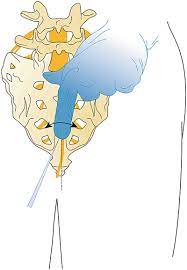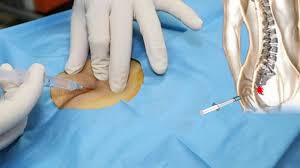What is
What is a Racz Procedure

Back pain can disrupt your ability to work, take care of your family, and perform daily tasks. Whether you’ve been suffering from back pain for a few months or many years, newer, more effective options for pain relief are available. The Racz procedure is gaining momentum as the least invasive option among surgical pain management treatments.
Known by medical experts as epidural neurolysis, a Racz procedure works to reduce back pain by specifically targeting either the cervical, thoracic, lumbar, or caudal regions of the spine. Ideal for individuals with significant scarring (usually from surgery) around spinal nerves, a Racz procedure helps patients experience relief from chronic back pain. It’s also appropriate for individuals suffering from spinal disc herniation, among other issues
How Does a Racz Procedure Work?
Performed by first administering local anesthesia, a Racz procedure involves injecting medication into the area around spinal nerves to alleviate chronic back pain. Because significant scarring is present, a catheter is often implanted to allow targeted access to affected areas. Sometimes given in a series, injections deliver cortisone to the epidural space, which reduces pain over time. Unlike other surgical pain interventions, this procedure will also dissolve tissue scarring.
Am I a Good Candidate?
Determining your candidacy for a Racz procedure is up to your physician. However, individuals who have experienced chronic back pain for more than 3 months and failed traditional treatment methods may be candidates. Patients who have allergies to anesthesia or steroids, are taking prescription blood thinners, or are immunocompromised are generally not good candidates for a Racz procedure.
Are Racz Procedures Successful?
Many patients report significant alleviation of pain within 3 to 7 days following the procedure and experience ongoing pain relief for anywhere from 1 week to several months. Though not a permanent solution for chronic back pain, injections performed periodically have helped pain sufferers resume functioning and enhance movement. After trying multiple traditional pain treatments, including oral medications, many patients report significant pain relief once Racz recovery is complete.
You may feel some pressure in your back or tailbone area along with some re-creation of your pain symptoms during the injection. The doctor will inject the medication slowly in order to decrease your comfort.

How long does the procedure take?
Approximately 30 - 60 minutes.
Contraindications for procedure
Bleeding problems, infection, or pregnancy.
